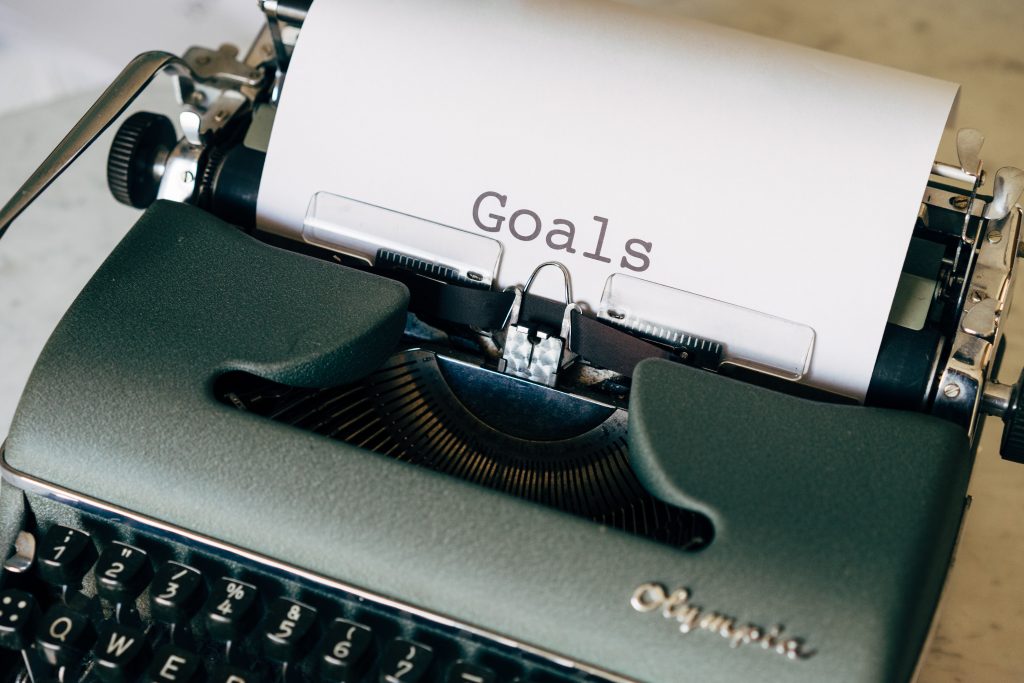From Curiosity to Compulsion: Tracing the Path of Porn Addiction Symptoms
In the digital age we live in, where access to explicit content is easier than ever before, the phenomenon of porn addiction has become a growing concern. While it often begins innocently as a mere curiosity, it can quickly progress into a full-fledged compulsion that affects an individual’s mental, emotional, and even physical well-being. Recognizing the signs of porn addiction symptoms is crucial in effectively understanding and addressing this issue. In this article, we will trace the path from curiosity to compulsion, shedding light on the evolving nature of porn addiction and the warning signs.
Understanding Porn Addiction
Porn addiction, clinically known as Compulsive Sexual Behavior Disorder (CSBD), refers to the inability to control the consumption of explicit sexual content, leading to negative consequences in various aspects of life. It’s essential to note that porn addiction is a behavioral addiction, similar in many ways to substance addictions like drugs or alcohol. The journey from curiosity to compulsion often unfolds subtly, making recognizing the early signs of porn addiction symptoms challenging.
- Curiosity and Initial Exposure
The path to porn addiction typically begins with curiosity. It might start innocently, with a teenager stumbling upon explicit material online or an adult’s interest in exploring new experiences. The initial exposure to pornography is not necessarily problematic. It’s a natural curiosity about human sexuality that most people experience at some point.
However, this initial curiosity can lead to more frequent consumption if not managed responsibly. As access to explicit content becomes more accessible, the line between curiosity and regular consumption can blur.
- Escalation in Consumption
One of the earliest signs of potential porn addiction symptoms is the escalation in consumption. What begins as occasional viewing out of curiosity can quickly progress to regular, even daily, consumption. This shift often occurs due to the powerful allure of explicit material, which can lead to increased interest and time spent engaging with it.
Individuals experiencing this escalation may prioritize porn over other activities, including work, social interactions, and personal responsibilities. This can be the first indicator that curiosity is turning into compulsion.
- Emotional Impact
As porn consumption becomes more frequent, individuals may experience emotional changes. They might feel guilt or shame about their growing interest in explicit content, especially if it conflicts with their values or beliefs. This emotional turmoil is a significant red flag for potential porn addiction symptoms.
Moreover, individuals struggling with porn addiction may find it increasingly challenging to manage their emotions. They may use pornography to cope with stress, anxiety, or loneliness, leading to a cycle of emotional dependence on explicit material.
- Neglecting Responsibilities
A hallmark sign of porn addiction symptoms is the neglect of responsibilities. As consumption escalates, individuals may find it challenging to balance their obligations at work, in school, or in their personal lives. This neglect can result in decreased productivity, missed deadlines, and strained relationships with friends and family members.
When the pursuit of pornography begins to interfere with one’s ability to meet their responsibilities and fulfill their commitments, it becomes evident that curiosity has evolved into something more problematic.
- Escalation of Content
Another concerning aspect of porn addiction is the escalation of the content being consumed. What started as curiosity about human sexuality can evolve into a search for more extreme or explicit material. This can lead to an individual seeking out content that they once found shocking or unacceptable.
This escalation in content consumption indicates that curiosity has transformed into a compulsion to find increasingly stimulating material, a classic sign of porn addiction.
- Failed Attempts to Quit
Individuals who realize their consumption of explicit content has become problematic may attempt to quit or reduce their habit. However, one of the defining features of addiction is the repeated failure to quit or control the behavior. Those with porn addiction symptoms often make sincere promises to themselves or loved ones to stop but return to the same behavior shortly after.
These failed attempts to quit can be demoralizing and contribute to a sense of helplessness, as the compulsion to consume pornography appears beyond their control.
- Isolation and Secrecy
As the addiction deepens, individuals may become increasingly secretive about their behavior. They might clear their browsing history, use private browsing modes, or create separate email accounts to hide their activities. This secrecy is a way to protect the addiction and avoid judgment or intervention.
Simultaneously, individuals grappling with porn addiction symptoms may withdraw from social activities, preferring to spend more time alone. This isolation often stems from shame or embarrassment about their behavior.
- Impact on Relationships
One of the most devastating consequences of porn addiction is its impact on relationships. Partners of individuals struggling with porn addiction often feel betrayed, hurt, and inadequate due to their loved one’s excessive consumption of explicit material. This can lead to strained relationships and, in severe cases, separation or divorce.
Recognizing that addiction is not just a personal struggle but also affecting one’s relationships is a significant turning point in acknowledging the depth of the problem.
Seeking Help for Porn Addiction Symptoms
Recognizing these subtle porn addiction symptoms is a critical first step toward addressing the issue. It’s essential to remember that addiction is treatable, and seeking help is a sign of strength, not weakness.
If you or someone you know is struggling with porn addiction symptoms, consider taking the following steps:
- Self-reflection: Reflect on your behavior and its impact on your life and relationships.
- Professional help: Consult a therapist or counselor specializing in addiction for personalized support and guidance.
- Support groups: Joining a support group for individuals dealing with porn addiction can provide a sense of community and understanding.
- Open communication: If you suspect a loved one is struggling with porn addiction, approach the topic with empathy and open communication to encourage them to seek help.
- Digital detox: Consider limiting access to explicit content using website blockers and filters.
Conclusion
The journey from curiosity to compulsion in the realm of pornography addiction can be a perilous one. By recognizing the subtle porn addiction symptoms along this path, we hope to encourage open conversations about this issue and provide support and resources for those in need. Remember, you are not alone; help is available for those seeking it. Let’s break the silence surrounding porn addiction and help individuals find their way back to a healthier, more balanced life.
From Curiosity to Compulsion: Tracing the Path of Porn Addiction Symptoms Read More »


